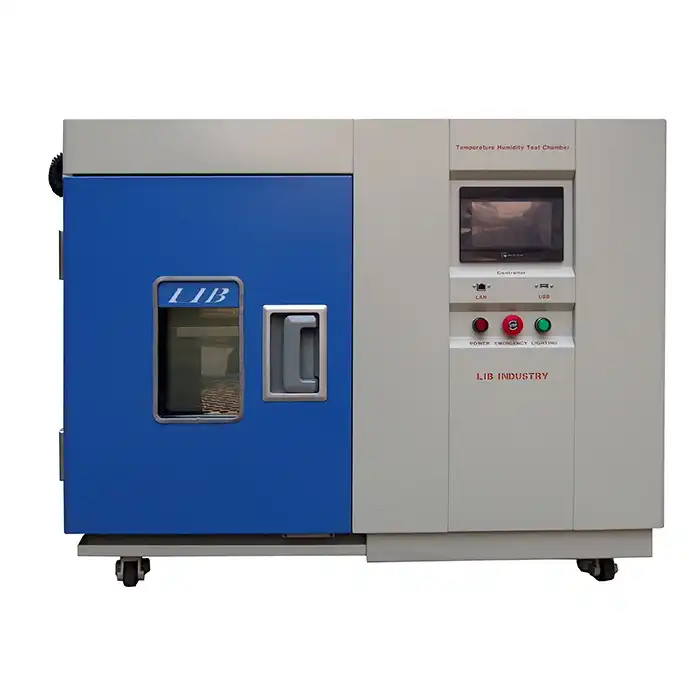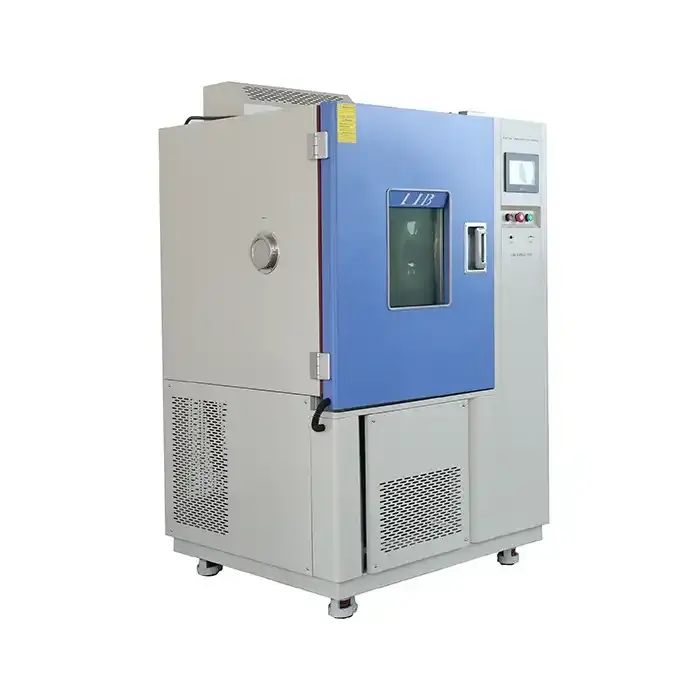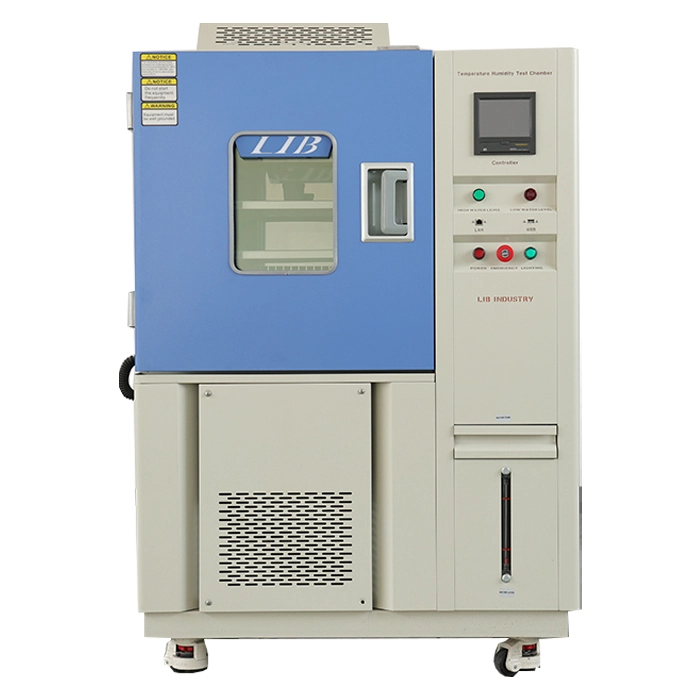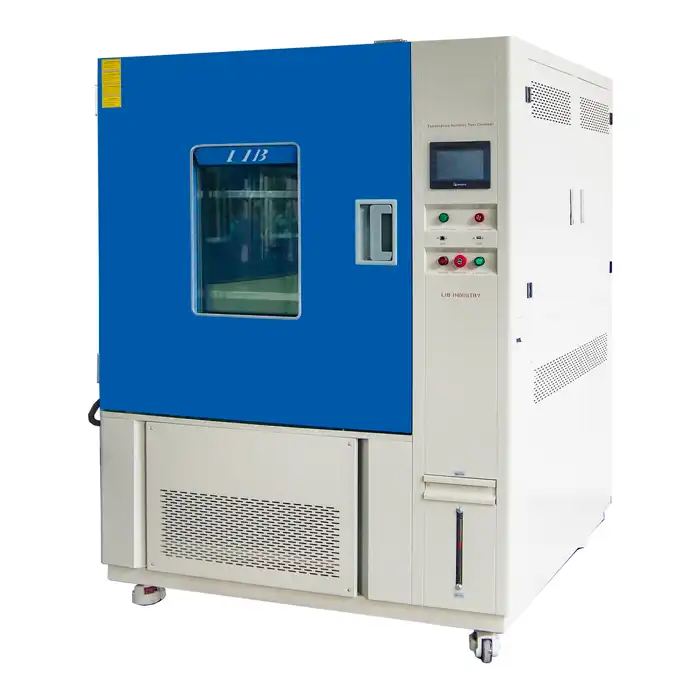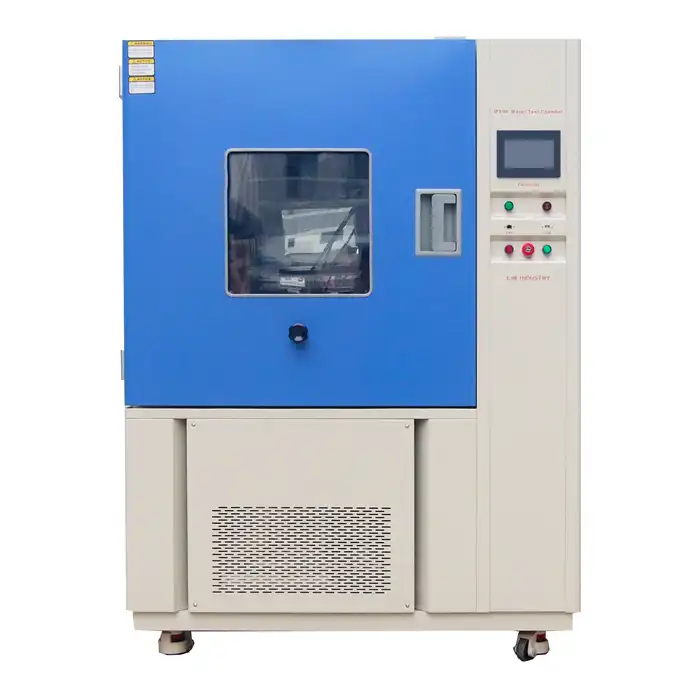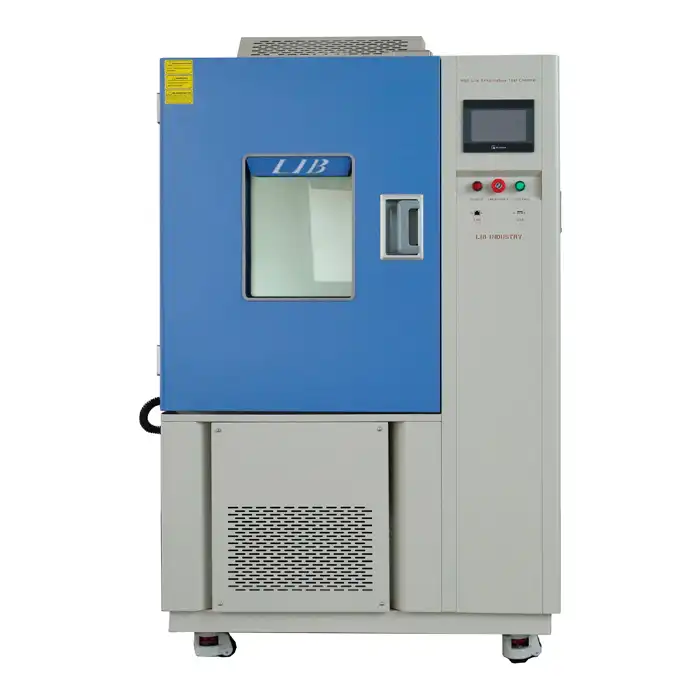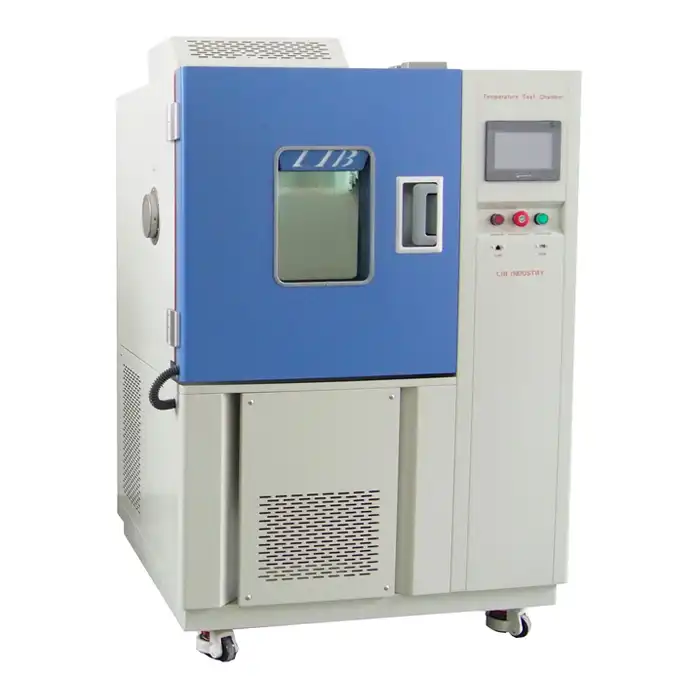Dust Simulation Chambers: Meeting International Standards for Product Certification
In today’s competitive market, ensuring that products meet international standards for durability and performance is crucial. One of the most critical tests for products across industries is dust resistance testing. Whether you’re developing automotive components, outdoor power equipment, or consumer electronics, a dust simulation chamber plays a key role in certifying that your products can withstand the harshest environmental conditions.
Understanding IEC 60529: The Standard for IP Ratings and Dust Protection
The IEC 60529 standard is paramount when it comes to defining the levels of protection products offer against solid particles like dust. This standard, commonly referred to as the Ingress Protection (IP) Code, classifies products based on their ability to resist intrusion from dust, water, and other foreign objects. The two-digit IP rating system provides manufacturers and customers with clear information about a product’s resilience - particularly its dust-tightness.
For example, an IP6X rating indicates the highest level of dust protection, meaning the product is fully dust-tight and suitable for use in exceedingly dusty environments. Dust simulation chambers are used extensively to test products against these dust ingress standards. By recreating controlled dust-laden environments, manufacturers can ensure that their products comply with IEC 60529, providing their customers with reliable and durable solutions.
LIB Industry’s dust simulation chambers are meticulously designed to meet the stringent requirements of IEC 60529, allowing manufacturers to confidently pursue IP certification for their products. These chambers simulate real-world dust conditions, ensuring that products can withstand exposure to fine dust particles over extended periods.
ISO 20653 and Its Impact on Testing Electrical Equipment in the Automotive Industry
The automotive industry faces unique challenges when testing for dust resistance, particularly with the rise of advanced electrical systems in vehicles. The ISO 20653 standard specifically addresses the protection of electrical equipment from environmental influences, including dust. This standard is critical for manufacturers producing components like sensors, control units, and connectors that must perform reliably in harsh conditions, such as deserts or off-road environments.
ISO 20653 ensures that automotive electrical components are tested not only for their ability to resist dust but also for their long-term durability under such conditions. For example, an automotive sensor exposed to dust may experience degraded performance or complete failure if it isn’t adequately protected. By using dust simulation chambers to rigorously test and certify their products, manufacturers in the automotive sector can ensure that their components are safe and reliable, meeting the high standards set by ISO 20653.
MIL-STD-810G: Evaluating Military-Grade Durability with Dust Simulation Chambers
Military equipment is often exposed to some of the most extreme environmental conditions, and dust is one of the primary challenges that can compromise equipment performance. MIL-STD-810G, developed by the U.S. Department of Defense, outlines a series of rigorous testing methods for evaluating the durability of military-grade equipment. Among these is Method 510.6, which focuses specifically on dust and sand testing.
MIL-STD-810G is used to test products such as radios, communication devices, and vehicles, ensuring they can function reliably in environments like deserts or arid regions where dust and sand are prevalent. Products that pass this standard are verified to withstand prolonged exposure to dust without experiencing significant degradation in performance.
LIB Dust Simulation Chamber
At LIB Industry, we are committed to providing comprehensive environmental testing solutions that meet the most demanding standards. Our dust simulation chambers are designed with precision and versatility in mind, making them ideal for a wide range of industries, including consumer electronics, home appliances, automotive components, and industrial equipment. Key advantages of LIB dust simulation chambers:
- Compliance with International Standards: Our dust chambers meet the requirements of IEC 60529, ensuring your products are tested according to the highest industry standards.
- Customizable Testing Parameters: LIB chambers offer adjustable airflow rates, dust concentrations, and exposure durations, giving you full control over the testing environment.
- High Accuracy and Reliability: Built with state-of-the-art technology, our chambers provide consistent and accurate test results, ensuring that your products are thoroughly validated for dust resistance.
- User-Friendly Interface: Our chambers are equipped with intuitive control systems, making it easy for operators to set up and monitor tests.
- Durability and Longevity: With robust construction and high-quality materials, LIB chambers are built to last, offering reliable performance over many years of use.
For more information about our dust simulation chambers and how they can help you meet international standards, feel free to contact us at info@libtestchamber.com.
References
1. International Electrotechnical Commission (IEC). “IEC 60529: Degrees of Protection Provided by Enclosures (IP Code).”
2. International Organization for Standardization (ISO). “ISO 20653: Road Vehicles - Degrees of Protection (IP Code) - Protection of Electrical Equipment Against Foreign Objects.”
3. U.S. Department of Defense. “MIL-STD-810G: Environmental Engineering Considerations and Laboratory Tests.”
4. LIB Industry. “Dust Simulation Chambers: Product Overview and Specifications.”



